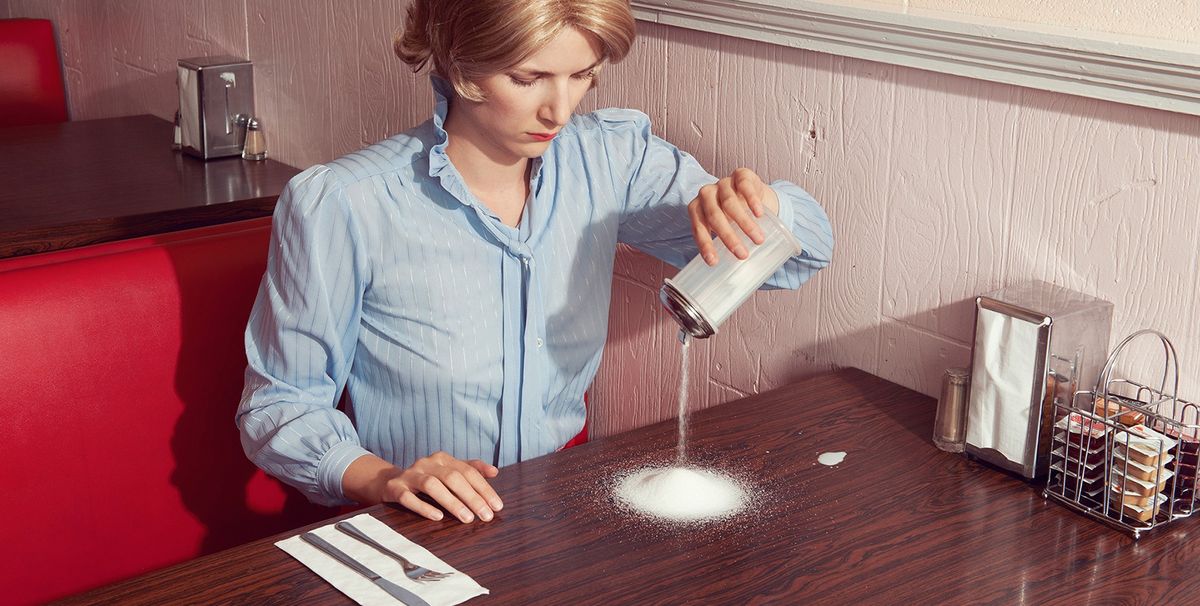The annual Photography Show, presented by the Association of International Photography Art Dealers (Aipad), opened on 30 March (until 2 April) in a new venue, Pier 94, welcoming a significant number of new exhibitors—117 in total, up from 86 last year.
“While the Park Avenue Armory is the most beautiful exhibition space in New York City, the size of the space restricted what dealers could do”, says Aipad president, dealer Catherine Edelman, of the move. “Pier 94 provides dealers with ample space to showcase their art the way they see fit”, as well as additional amenities such as food and drink, a publishers’ section, and a VIP lounge.
This year, for the first time, the fair features a full schedule of educational talks and panels, which will examine issues ranging from how photography has helped effect social and political change to the work being produced by female photographers today. Artists Dawoud Bey, Lalla Essaydi, Awol Erizku, Lee Friedlander and Trevor Paglen are among those scheduled to speak.
The expanded programming is necessary to address the sheer range of photographic work on offer, from 19th-century albumen prints to digitally manipulated compositions verging on the painterly. “Many artists are blurring the lines of traditional photography”, notes Edelman, “using photography in combination with video or painting”.
Some of the more radical departures include Georg Küttingger’s computer-collaged landscape fragments, which straddle the figurative and the abstract, at Vision Neil Folberg Gallery; Jason Engelund’s “Seeing the Fields of Seeing” painted photographs at Kopeikin Gallery; and works by Mustapha Azeroual, a scientist turned photographer whose Phenomenon #1 series, Relief #1 OK_1 (2014) gum bichromate print on fabric-like Okashi paper drapes like a garment on a hook, at Mariane Ibrahim Gallery.
The environment, a favorite subject of modern masters such as Ansel Adams and Edward Weston, takes on a new urgency in lush landscapes by Steve McCurry (Peter Fetterman Gallery) or desolate industrial wastelands captured by Edward Burtynsky (Howard Greenberg Gallery) that both, in their way, function as a call to action.
Several galleries have chosen to highlight themes of social justice, expressed in photojournalism and documentary photography. Lewis Hine’s shots of working-class immigrants at Alan Klotz, tender portraits of Mildred and Richard Loving by Grey Villet or wrenching ones of Vietnam war refugees by Eddie Adams at Monroe Gallery of Photography, and Builder Levy’s pictures of 1960s civil rights protests at Arnika Dawkins Gallery all carry an eerie significance to the political debates of the present. Photographers with an anthropological bent have chronicled isolated tribes and urban subcultures of all kinds, from 1970s nightlife in Okinawa, captured by Mao Ishikawa at nap gallery, to Zanele Muholi’s level-eyed portraits of queer individuals in South Africa at Yancey Richardson Gallery.
Edelman says: “Dealers are always looking for the unknown, whether it’s newly discovered photos stored in an attic, or a young artist making photographic jewellery. At AIPAD, visitors will find everything from some of the first salt prints ever made to video-based objects…this is the strength of the AIPAD fair, its membership and photography as a whole. As more and more artists embrace photography within their practice, new developments occur, expanding the dialogue”.
Visitors on a budget looking for a souvenir of the fair can head to booth 509, where Lucien Samaha, a Beirut-born photographer and former education coordinator and marketing manager for Eastman Kodak, will be producing portraits of fairgoers on the spot with the world’s first digital camera—the Kodak Professional DCS, released in 1991 (by appointment; $97).


